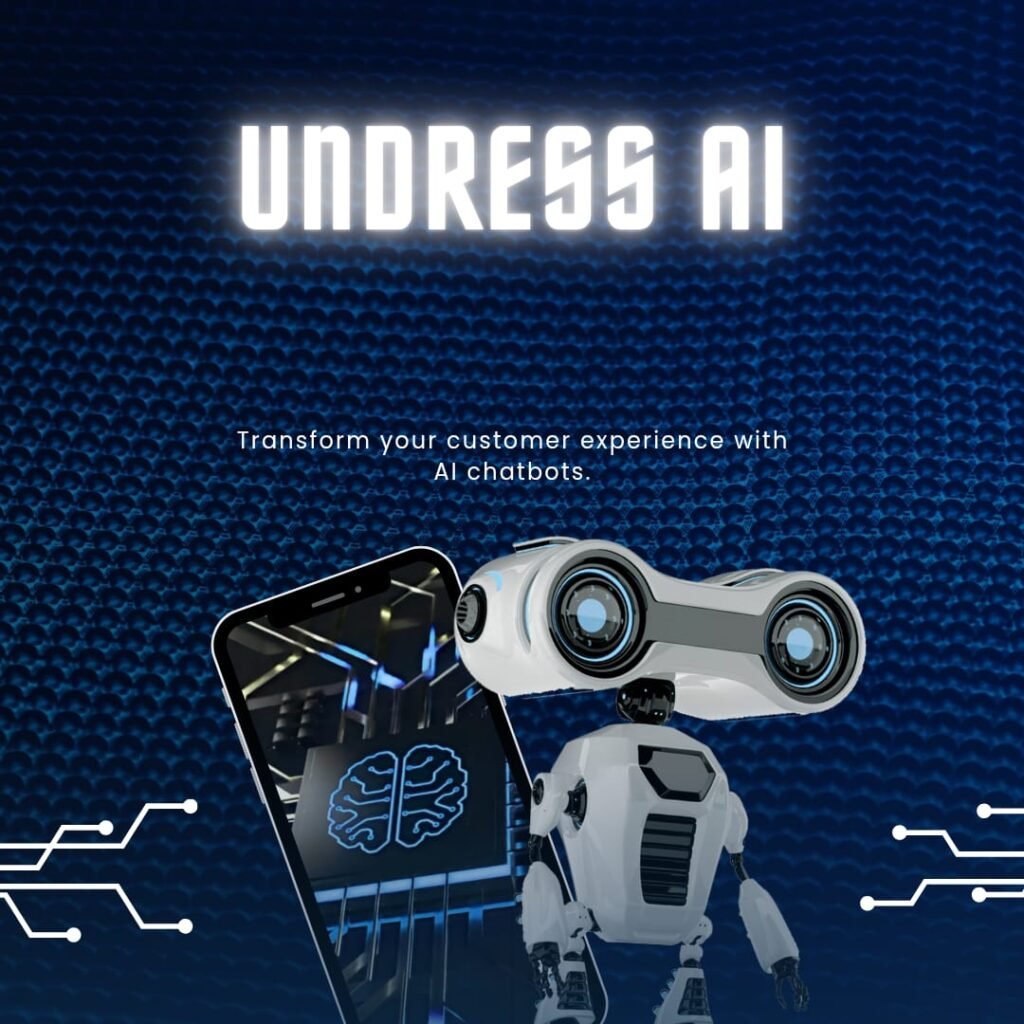Introduction
Artificial Intelligence (AI) has made a big difference in many industries, including healthcare and entertainment. Some AI applications are not accepted by all people. Undress AI, which is one type of such disputed innovation, digitally strips people in images and makes them appear naked by applying deep learning algorithms. Although Undress AI is seen by some as just exploring how AI can be used, others consider it to hold major threats about privacy, consent, and misuse of the data. This piece looks into what Undress AI stands for, its operation, the effects it has, and the current argument about deploying it.
Table of Contents
What is the Concept of Undress AI?
AI called Undress AI uses artificial intelligence and deep face technology to turn images into ones that show someone as though they are undressed. Customers normally need to upload a photo, after which the AI removes the clothing in the picture and updates the image
What Happens in the Process of Undress AI?
A pic is shared on the Internet.
- AI analyses: The AI studies body shapes, different skin colors, and textures of clothing using popular AI techniques.
- The software tries to anticipate the shape of the body beneath the clothes and then creates a synthetic nude image.
- The image is finally rendered and will have different levels of accurate detail based on how advanced the AI system is.
- Due to advanced tools like StyleGAN and Stable Diffusion, advanced Undress AI makes it easy for someone to mistake real for fake pictures.
Undress AI is becoming more popular: Why is this happening?
Still, Undress AI is popular today despite its ethical concerns.
People sometimes try AI because they want to learn more about it and its powers. Many criminals exploit it by sharing pornography and films that involve someone without their permission, bullying, or threatening others to get their own way.Many people can find and use the tools, since free and paid versions are found online.
Problems related to ethics and the law
There are many ethical and legal issues that come with Undress AI.
1. Not getting permission
Most of the people whose pictures are edited without permission experience unjust invasions of their privacy and self-respect.
2. Using the internet to bully
or sharing sexually explicit or embarrassing images is called Revenge Porn and Cyberbullying. People can use Undress AI to make fake pornography to harm someone or try to extort them online.
3. Legal Implications
A number of nations are making laws to prevent deep fake pornography. There are laws in the United States at the state level that make it illegal to make deep fake content without the other person’s permission. The act suggests imposing tough rules on deepfake technology. South Korea and the UK have regulations that prevent the spreading of fake explicit pictures.
4. Psychological Impact
Many victims deal with distress, bad reputation, and mental illness after falling victim to AI-undressed images.
Is there a Positive side to Using Undress AI?
Even though most people use Undress AI incorrectly, a small group thinks it has potential benefits.
- In the Fashion Industry, since dressing rooms are not available, virtual fitting rooms could use this technology to show customers how different items would look on them.
- Machine learning could help show body systems for better study in schools and universities.
- With AI, studios can change actors’ outfits in films after filming.
- Nonetheless, the dangers are greater than the positive effects, making people argue for higher regulations.
What You Can Do to Keep Yourself Safe from Undress AI
People can use a few steps to ensure their privacy while Undress AI is in use:
- Do not add overly detailed pictures to the web, and watch sharing those in tight fitting apparel.
- One way to stop AI from changing your photos is to set up digital watermarks.
- Restrict others from seeing and downloading your social media photos using the privacy settings.
If you notice any kind of manipulated picture, bring it to the attention of the relevant services and officials.
The regulation of AI in relation to undress is likely to come about.
The more AI develops, the harder it is to stop its misuse. Other changes that might occur in the future are:
- Google and Microsoft are inventing new tools to spot deep fakes automatically.
- More Stiff Laws: Authorities can make it illegal and punish anyone who spreads unauthorized deepfake materials.
- Harmful AI could be avoided by having tech companies create tighter rules during development.
Conclusion
By ‘Undress AI,’ I describe the point when artificial intelligence grows too fast without ethics or legal restrictions. Even though AI can make amazing changes to photos, we should not overlook its dangerous effects. People still disagree on how to handle both safety and technology, but consent and accountability should always be at the main focus of AI creation. Given these challenges, it is important for everyone to notice them and to introduce rules to guide AI development so abuse can be stopped.

